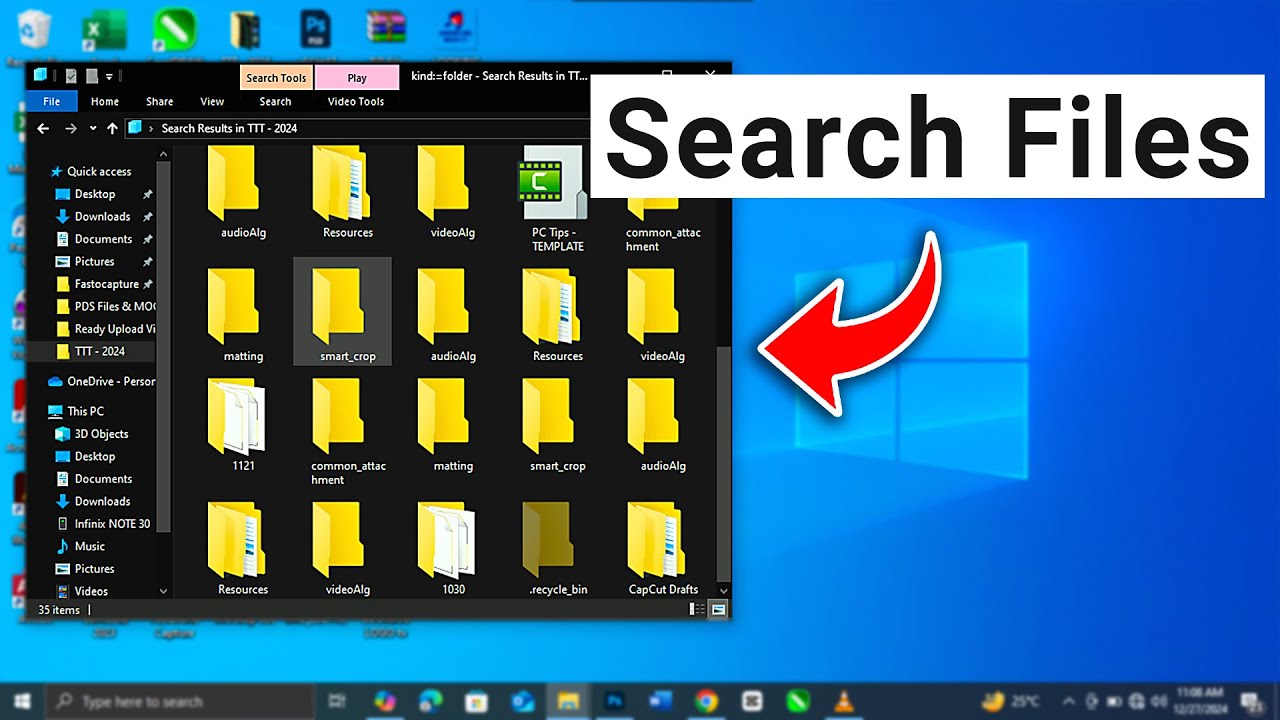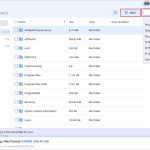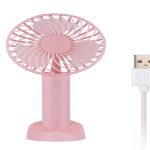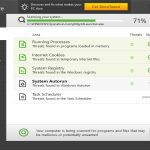The term "xcams" is not a standard application name, so its specific locations on your computer depend entirely on the actual software. Generally, applications and their associated data can be found in several common areas.
Typical Application Locations
If "xcams" refers to an installed program, its components are likely in these locations on your computer:
- Installation Directories:
- Windows: Typically
C:Program FilesorC:Program Files (x86). Some applications install in user-specific AppData folders likeC:Users[YourUsername]AppDataLocalorC:Users[YourUsername]AppDataRoaming. - macOS: The primary location is the
/Applications/folder. Supporting files are often found in~/Library/Application Support/,/Library/Application Support/,~/Library/Preferences/, and other subdirectories within the user's Library () or system Library. - Linux: Common installation paths include
/opt/,/usr/bin/,/usr/local/bin/, or within the user's home directory in folders like~/.local/share/or~/.config/.
- Windows: Typically
- Application Data & Configuration:
- Windows: User-specific settings and data are often in
%APPDATA%(e.g.,C:Users[YourUsername]AppDataRoaming),%LOCALAPPDATA%(e.g.,C:Users[YourUsername]AppDataLocal). System-wide data can be in%PROGRAMDATA%(C:ProgramData). - macOS: Look in
~/Library/Application Support/[AppName],~/Library/Caches/[AppName], and~/Library/Preferences/(for .plist files). - Linux: Often stored in hidden directories within the user's home folder, such as
~/.config/,~/.local/share/, or~/.cache/.
- Windows: User-specific settings and data are often in
- Temporary Files:
- Windows:
%TEMP%(usuallyC:Users[YourUsername]AppDataLocalTemp) andC:WindowsTemp. - macOS:
/private/var/tmp/, or user-specific cache folders within~/Library/Caches/. - Linux: Commonly
/tmp/or/var/tmp/.
- Windows:
- Startup Items:
- Windows: Check the Startup tab in Task Manager. Also, examine Startup folders (accessible via
shell:startupfor the current user andshell:common startupfor all users). Relevant Registry keys includeHKEY_CURRENT_USERSoftwareMicrosoftWindowsCurrentVersionRunandHKEY_LOCAL_MACHINESoftwareMicrosoftWindowsCurrentVersionRun. - macOS: Manage these via System Settings > General > Login Items. Files controlling these can also be in
~/Library/LaunchAgents/,/Library/LaunchAgents/, and/Library/LaunchDaemons/. - Linux: Check directories like
~/.config/autostart/,/etc/xdg/autostart/, or systemd service configurations.
- Windows: Check the Startup tab in Task Manager. Also, examine Startup folders (accessible via
Browser-Related Locations
If "xcams" is related to web-based services or browser extensions, consider these areas:

- Browser Extensions/Add-ons: Review the extensions or add-ons manager within your specific web browser (e.g., Chrome, Firefox, Edge, Safari).
- Browser Data: This includes browsing history, cached files, cookies, and site-specific data stored by your web browser.
- Downloads Folder: Your default folder for downloaded files might contain installers or other related items.
Registry (Windows Only)
On Windows systems, installed applications frequently create entries in the Windows Registry. Key areas to inspect include:
HKEY_CURRENT_USERSoftwareHKEY_LOCAL_MACHINESoftware- Specific subkeys related to uninstall information for the application.
Note: To find specific files or folders, you can search your system using terms related to "xcams" or the suspected software developer. Exercise caution when modifying or deleting files from system directories or the Windows Registry, as incorrect changes can lead to system instability.












